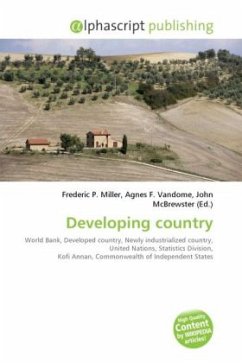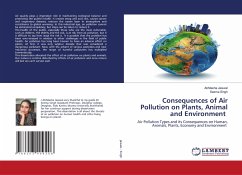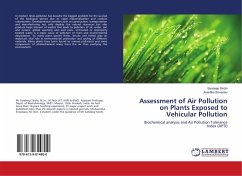Indoor air pollution in developing nations is a significant form of indoor air pollution (IAP) that is little known to those in the developed world. Three billion people in developing nations across the globe rely on biomass, in the form of wood, charcoal, dung, and crop residue, as their domestic cooking fuel. Because much of the cooking is carried out indoors in environments that lack proper ventilation, millions of people, primarily poor women and children face serious health risks. Conservative estimates indicate that between 1.5 and 2 million deaths were attributed to exposure to IAP in developing countries in 2000. Estimates further suggest that approximately 80% of total global exposure to airborne particulate matter occurs indoors in developing nations. Even though the rate of dependence on biomass fuel is declining, this dwindling resource will not keep up with population growth which could ultimately put environments at even greater risk. In Kenya, efforts are currentlybeing made to address the overall health risks to rural women and children.
Bitte wählen Sie Ihr Anliegen aus.
Rechnungen
Retourenschein anfordern
Bestellstatus
Storno








